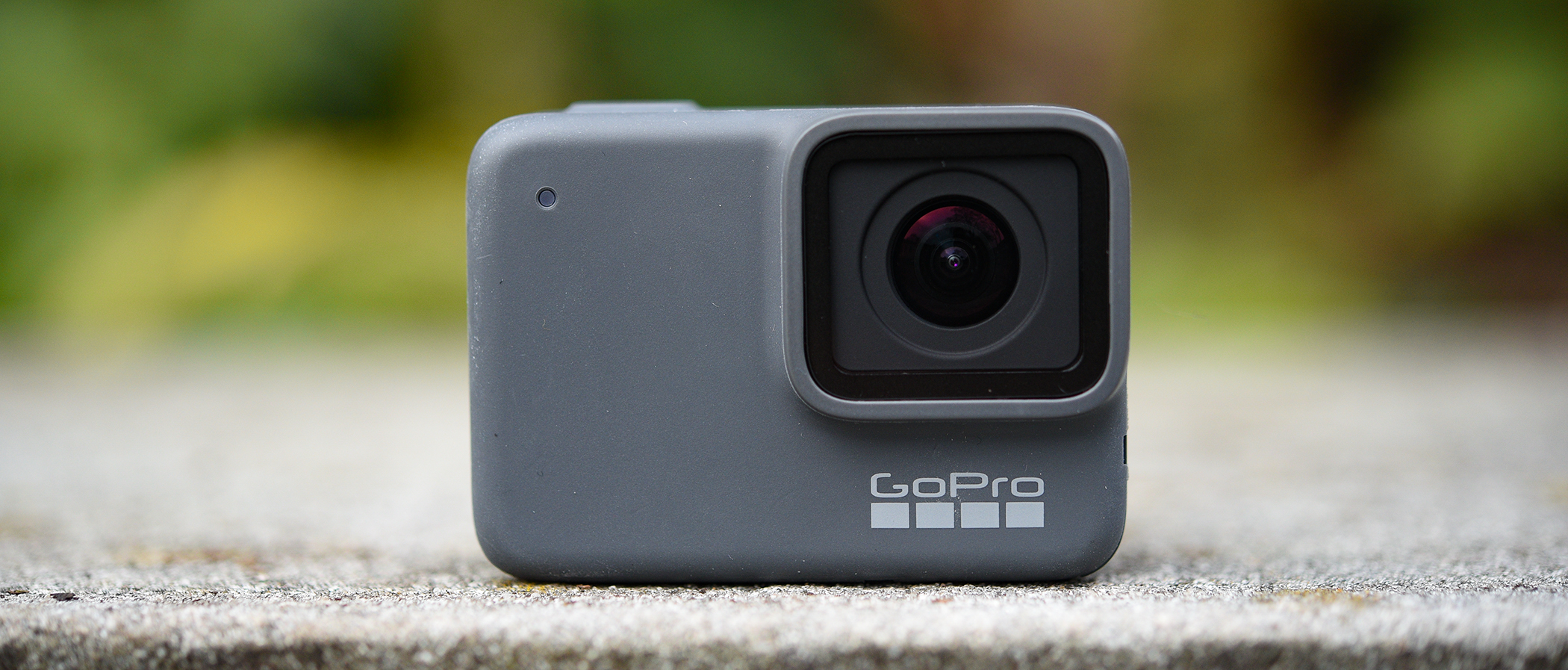TechRadar Verdict
The GoPro Hero 7 Silver might not provide the more ambitious user with the kind of control they’d want over capturing their exploits, but it’s easy to use and capable of pleasing results.
Pros
- +
Easy to use
- +
Tough build and waterproofing out of the box
- +
WDR does well to balance high contrast
- +
Pleasing 4K video quality
Cons
- -
LCD can be unresponsive at times
- -
Voice commands can’t turn on camera
- -
Limited image capture control
- -
Artefacts easily seen in images
Why you can trust TechRadar
The Essential Review
This is TechRadar’s review summary that gives you all the key information you need if you’re looking for quick buying advice in 30 seconds; our usual full, in-depth review follows.
Anyone keen on an action camera will have probably first turned to GoPro’s Hero stable of options, and many will have no doubt baulked at the price of the most desirable flagship Hero 7 Black. It may well be a fine camera, but the fact that it costs the same as some DSLRs won't sit easily with everyone.
So it makes sense that Silver and White alternatives should fill the void beneath this, with the former slipping above the White option but beneath the Black one. While it can’t quite pull all the fancy tricks as its older brother, it’s priced far closer to the budget White version in some territories than you’d expect, once you see just how much tech you still get.
This includes stabilised 4K video recording – albeit to 30p rather than 60p and without the impressive HyperSmooth system we saw on the Black version – and waterproofing down to 10m, together with a 2-inch touchscreen on the back and Voice Control that allows you to instruct the camera to perform almost all main functions without you raising a finger.
In terms of images, a 10MP sensor captures images with the help of Wide Dynamic Range technology, and bursts of images can be shot at up to 15fps. So long as you’re happy shooting in Full HD, you can do so at 60p for 2x slow-motion output too.
The camera is straightforward to use, although the touchscreen can sometimes be a little hesitant and requires a firm press or swipe here and there. The Voice Commands also work well and simplify general operation, although it's a shame you can't turn the camera on this way (though you can turn it off).
When shooting scenes with moderate or high contrast, the WDR feature does well to ensure that details are retained in both shadows and highlights. You do need to keep an eye on overall exposure and balance this accordingly, but this is easily done. Images show a reasonable level of detail considering the size of the sensor, although noise and artefacts can be seen when examining them at 100%, particularly in flat areas such as skies.
Video quality is very good, with crisp details when shooting in 4K and good motion when the camera is static. The camera does reasonably well to maintain stability while it's moving, although it cannot quite iron out the general bumps and knocks when running with the camera or when moving across uneven terrain. Audio quality is very good, though, and the time-lapse option is not only fun but capable of perfectly pleasing results.
Who’s it for and should I buy it?
The Hero 7 Silver is perfectly suitable as an upgrade from older GoPro models – and if you have some older accessories – although it would be a fine choice for any first-time action cameras users that may feel limited by what the White version offers.
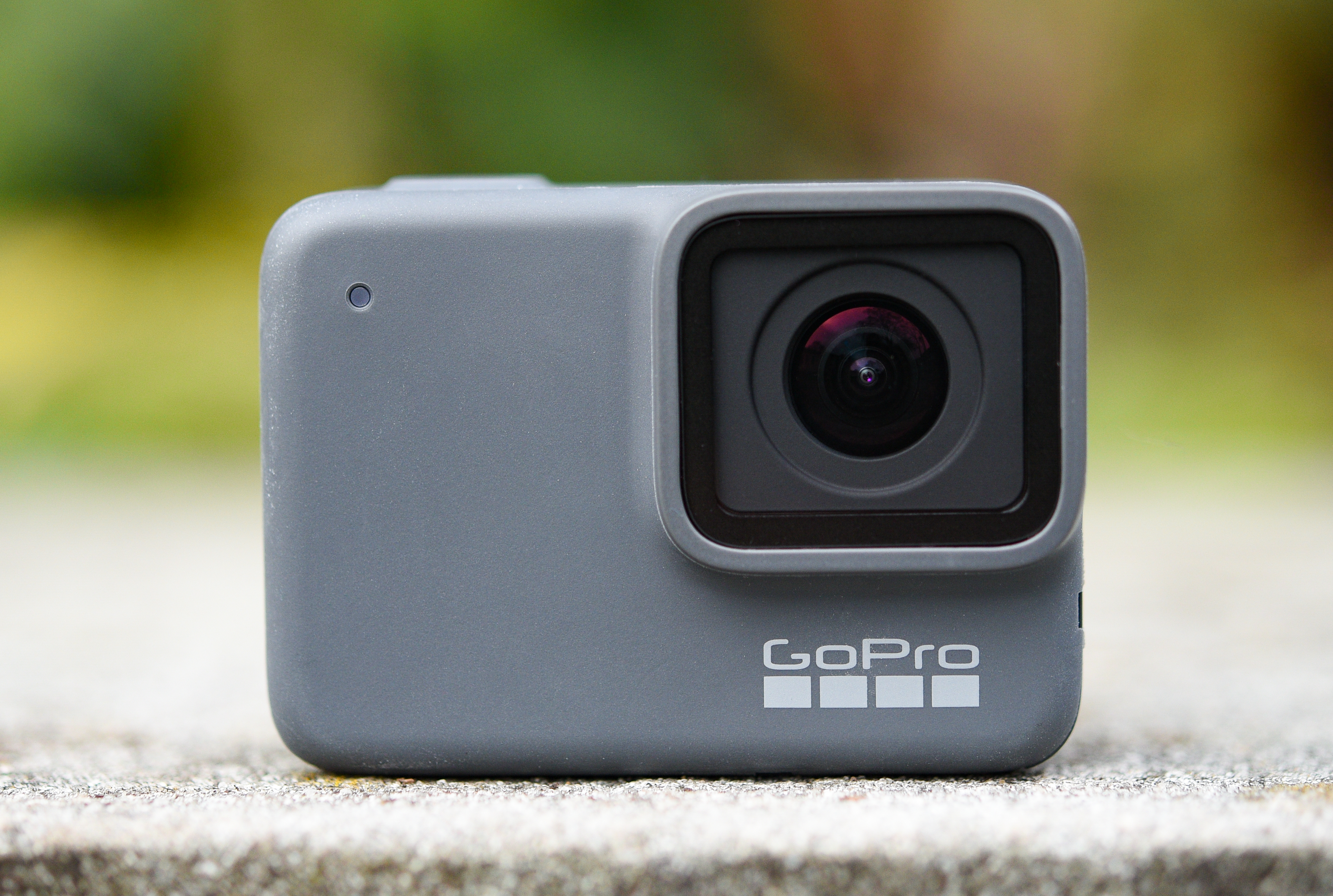
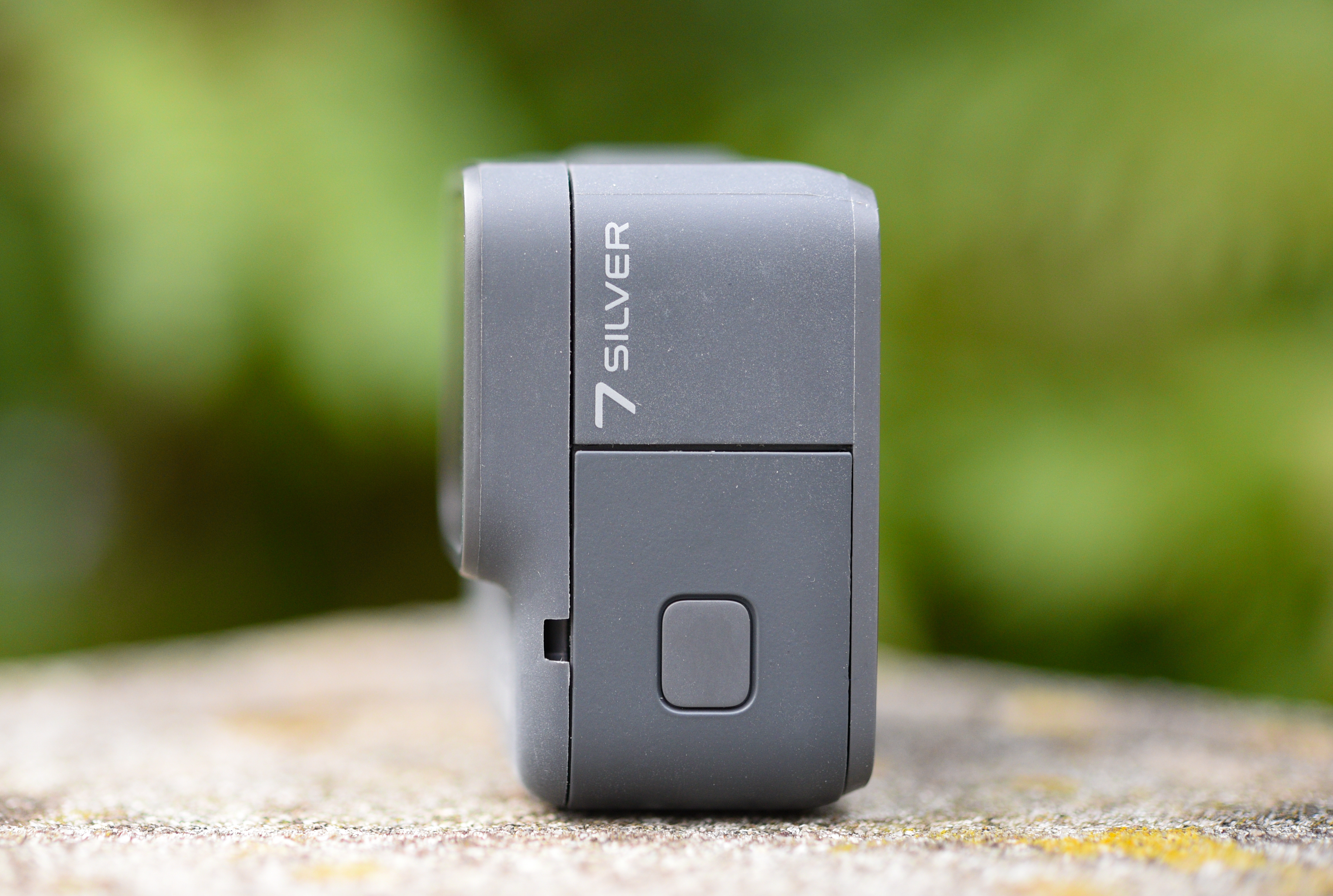
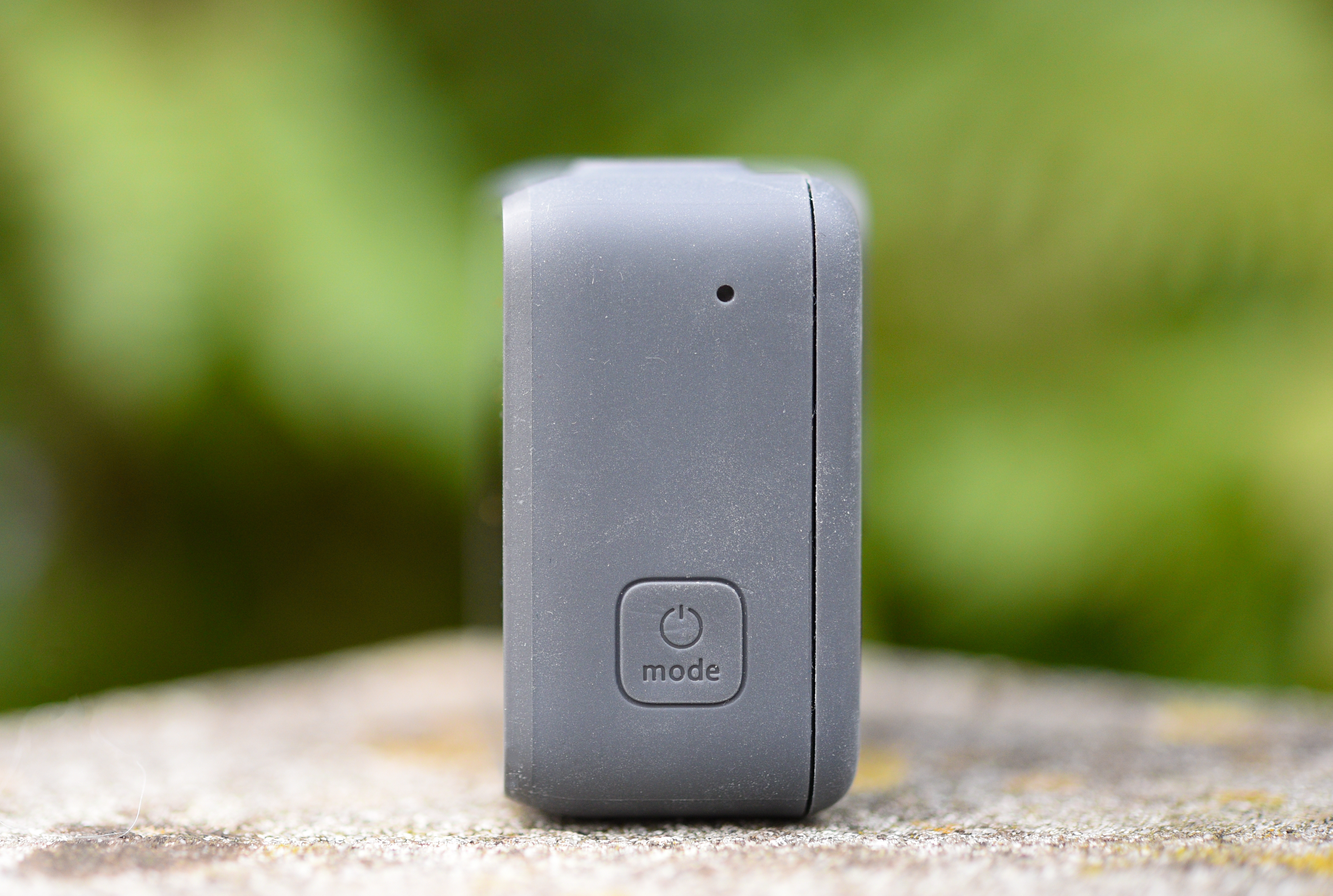
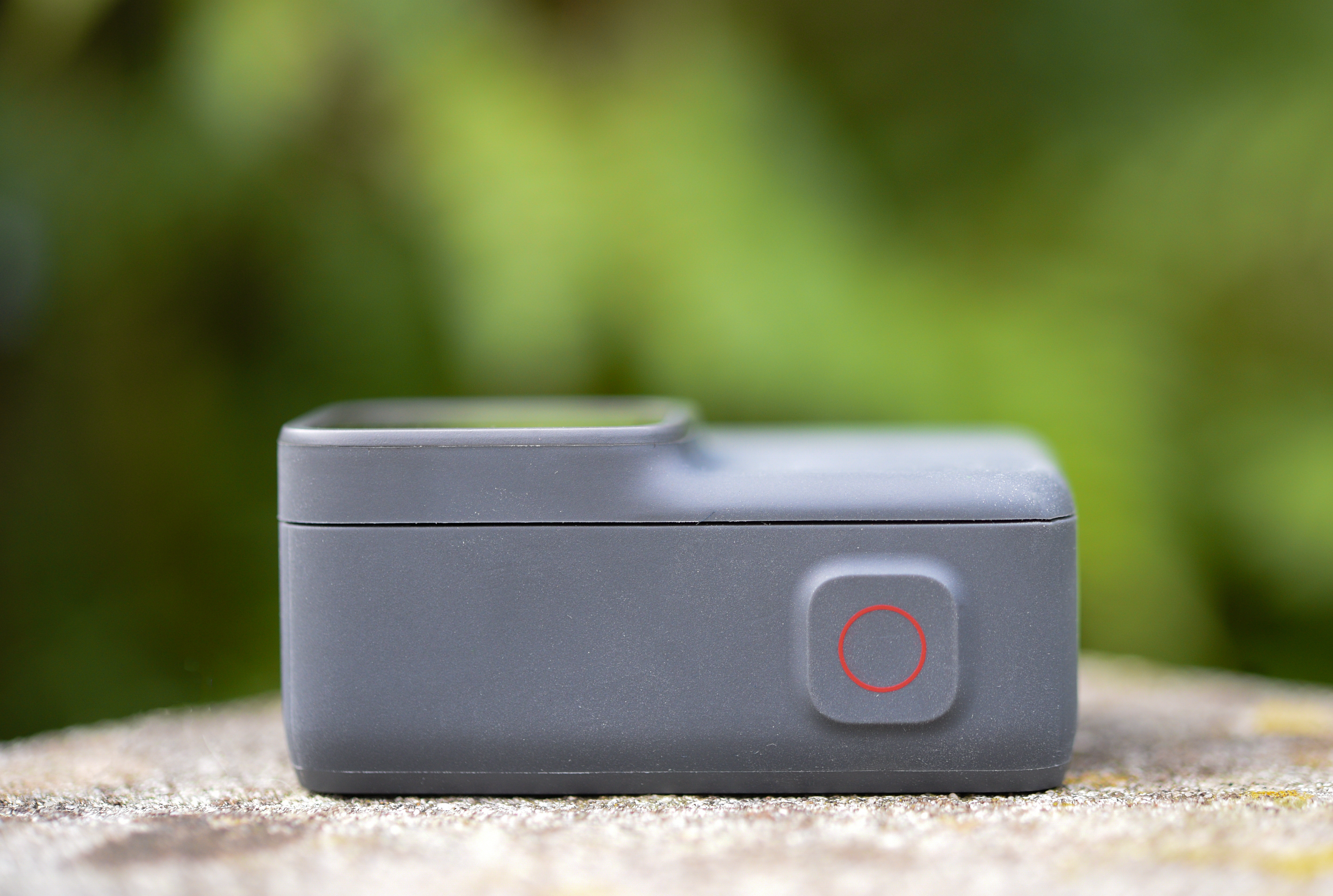
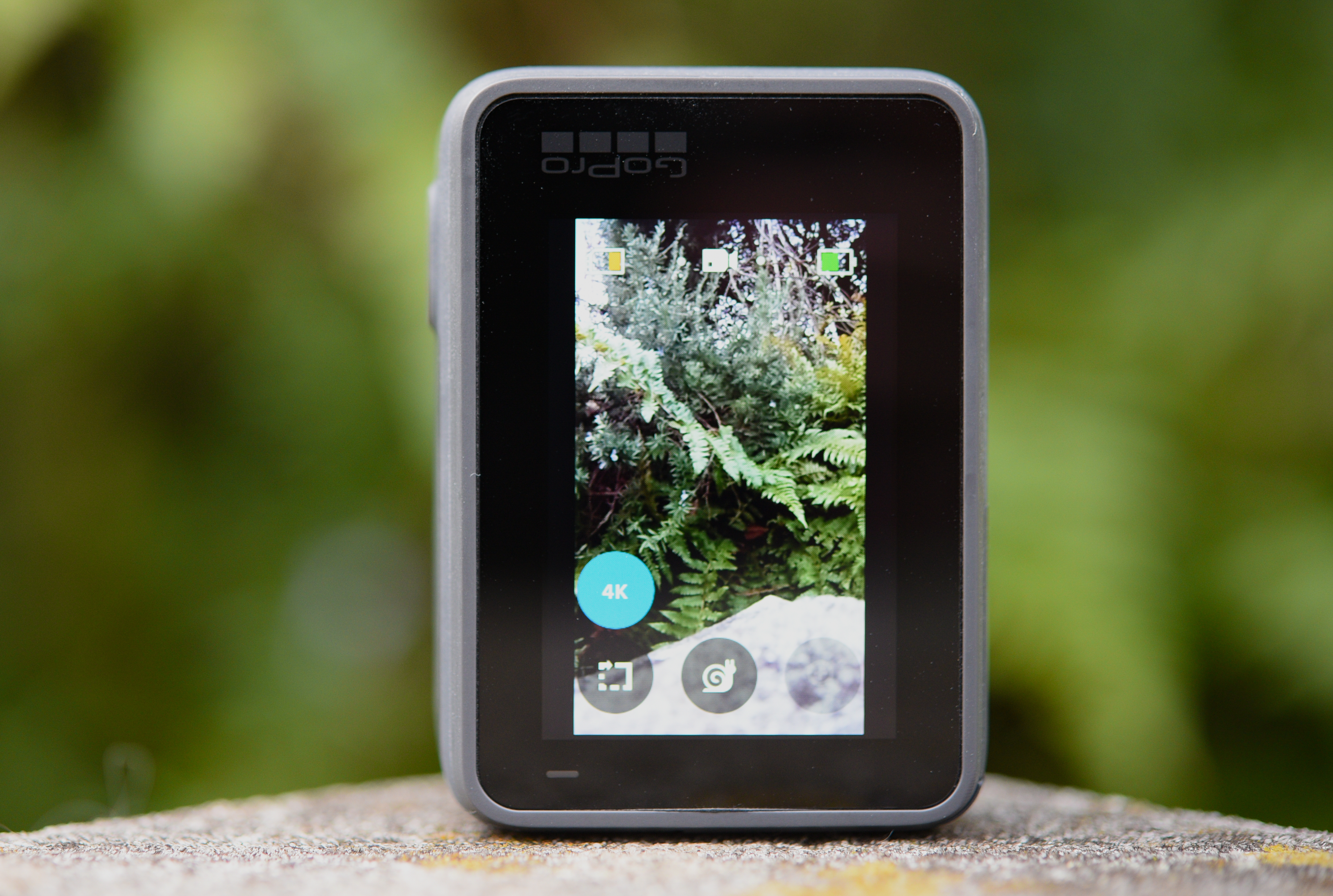
GoPro Hero price
- Current price: £279 / $229 / AU$399
The basics in place with just a scattering of frills on top
- Voice Control (14 commands)
- Video Stabilisation
- Vertical shooting
4K video: up to 30fps
1440p video: up to 60fps
1080p video: up to 60fps
Still images: 10MP (JPEG only)
Rear screen: 2.0-inch touchscreen
Image stabilization: Yes
While it’s easy to think of the Hero7 Silver as a cut-down version of the more senior Black model, it’s still loaded with fancy tricks beyond its headline 4K-video-shooting capabilities.
Its sensor captures 10MP stills individually or in a 15fps burst, and it maintains the familiar Wide Dynamic Range (WDR) feature to help fill in shadows and retain highlights, the result being a better balanced exposure. You can also call upon Touch Zoom, whereby sliding your finger up and down the screen zooms into the scene for alternative framing.
The camera also benefits from vertical shooting, a new feature for the Hero7 range. Here, the resulting image is rotated once it's captured, and the UI also shifts to make it easier to capture either video or stills with the camera in a portrait orientation. This also makes such images and videos more suitable to integrate into Instagram Stories or on Snapchat, which you can do straight from the GoPro app that connects the camera to a smart device.
Voice Control, which started out on the Hero5 model, has also made the cut, and you can use this to start and stop capturing footage, or shoot bursts, add HiLights and so on. Annoyingly, while you can turn the camera off with your voice, you can’t actually turn it on again in the same way. That’s reserved for the Black model, which seems somewhat stingy.
There are also three- and ten-second timers for selfies and group shots, together with the option to restrict video footage to 15 or 30 seconds to make it more shareable. Videos can also be slowed by a factor of two using the slow-mo option.
Familiar, streamlined design
- Rugged body waterproof to 10m/33ft
- 2in touchscreen
- Built-in rechargeable battery
The basic GoPro Hero design hasn’t changed much over the years, although the company has reserved the front-facing LCD screen for its more senior Black model. Here, the front plate bears nothing more than just the optic and a small status light that flashes when you’re recording, while a 2in touchscreen takes up the whole of the rear.
The camera feels robust enough to withstand the odd knock or scrape, although you can also slip it inside its bracket for additional protection or for when you want to mount it somewhere. Operation largely takes place through a combination of the two physical controls (mode and shutter buttons) and the touchscreen, although you can also use the Voice Control feature for most main tasks. The tiny touchscreen isn’t the friendliest for those with larger digits, and the screen can be a little unresponsive at times, but otherwise it works well enough.
The camera’s battery is integrated into its design, and it’s charged through a USB-C port that sits next to a microSD slot at the camera’s side. These two are well protected by a door that’s a little awkward to open easily, but this is no doubt a necessary to maintain waterproofing, which is rated at the same 10m depth as the Hero’s White and Black siblings.
Image quality
- 15fps burst shooting
- 10MP images with Wide Dynamic Range (WDR)
- Works with QuikStories app
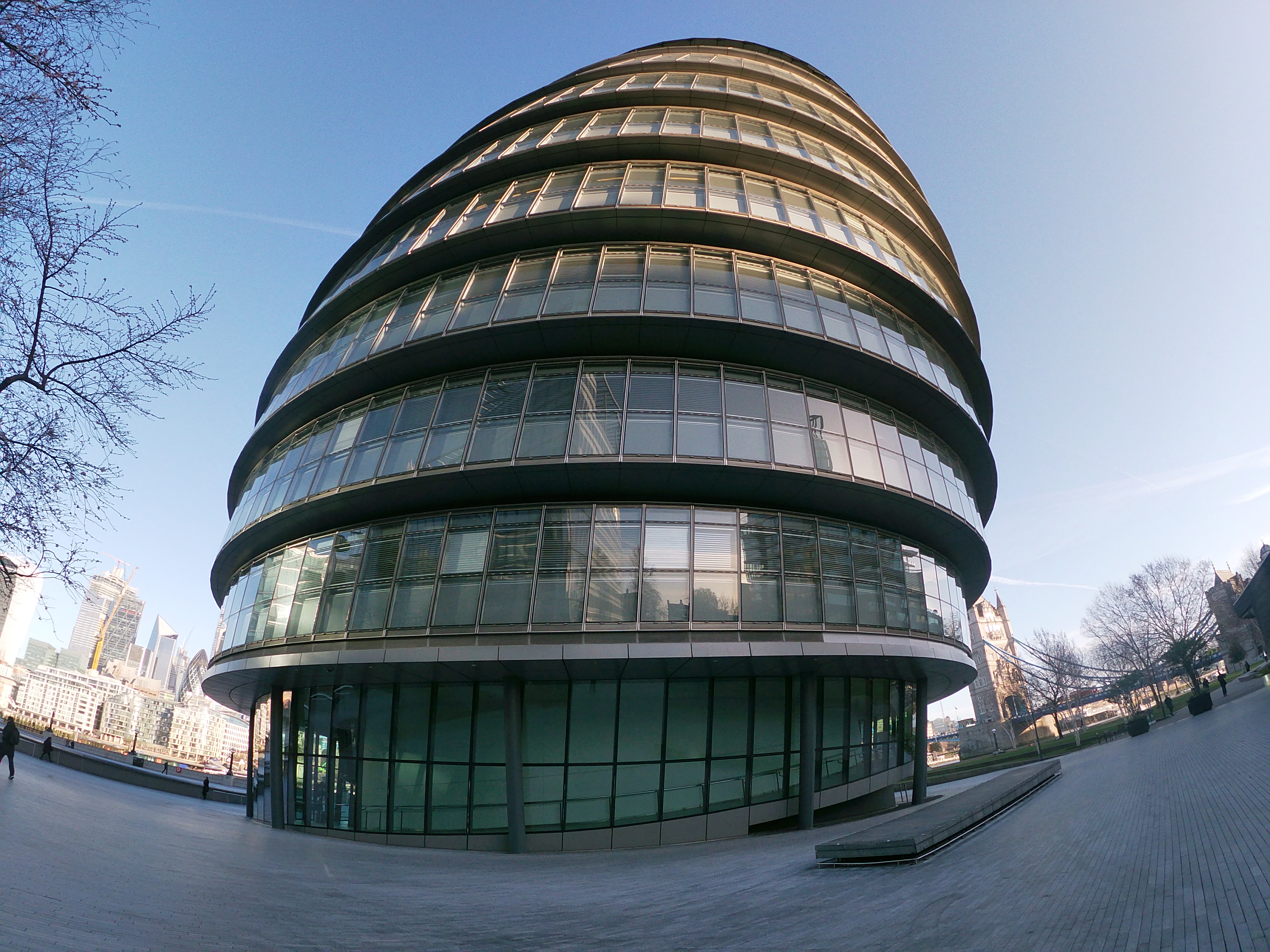
Aside from its burst and timer settings, the Hero7 Silver only provides a few basic controls over image capture. You can adjust exposure by pressing the LCD where the main subject appears – much as you would on a smartphone – and you can also call upon a spot meter and use the Touch Zoom function to zoom into the scene, but that’s about it.
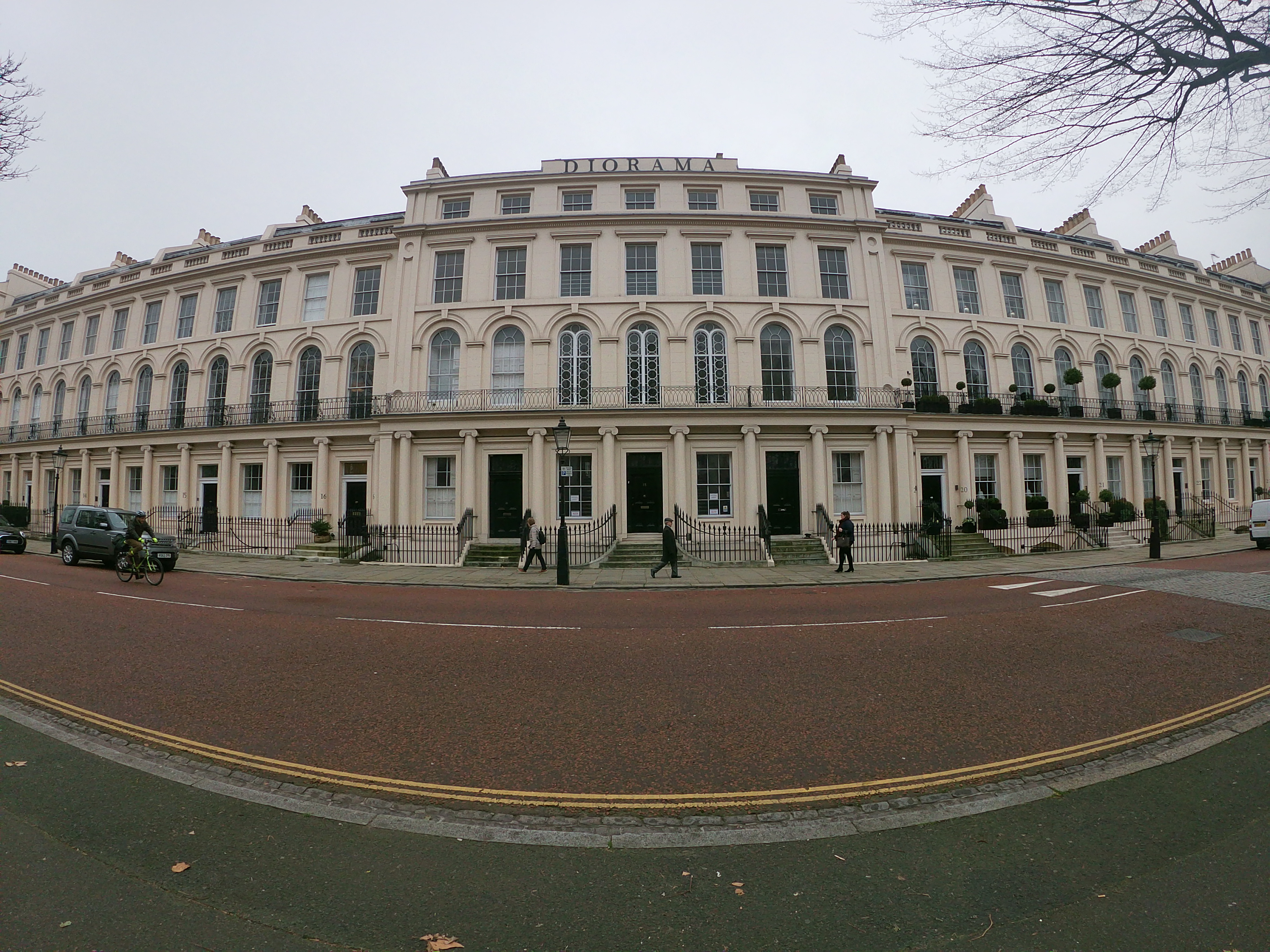
The WDR system kicks in where necessary, and you can see its attempts to better balance trickier scenes. Scenes with moderate contrast end up very well exposed and it’s good to see plenty of highlight detail retained. The camera also does better than expected in high contrast, although you do need to keep an eye on exposure and compensate for this where necessary.

Details aren’t too bad in high-frequency areas, and close-up subjects fare well, although artefacts are prevalent across flatter areas such as skies, pavements and so on. This becomes more of an issue when using the Touch Zoom function, whereby the zoomed-in image is upsized to bring it up to 10MP. Incidentally, using this feature is the only way to capture images without most of the fisheye-esque distortion from the lens, which is great for expansive scenes but less so for anything with straight lines and edges.
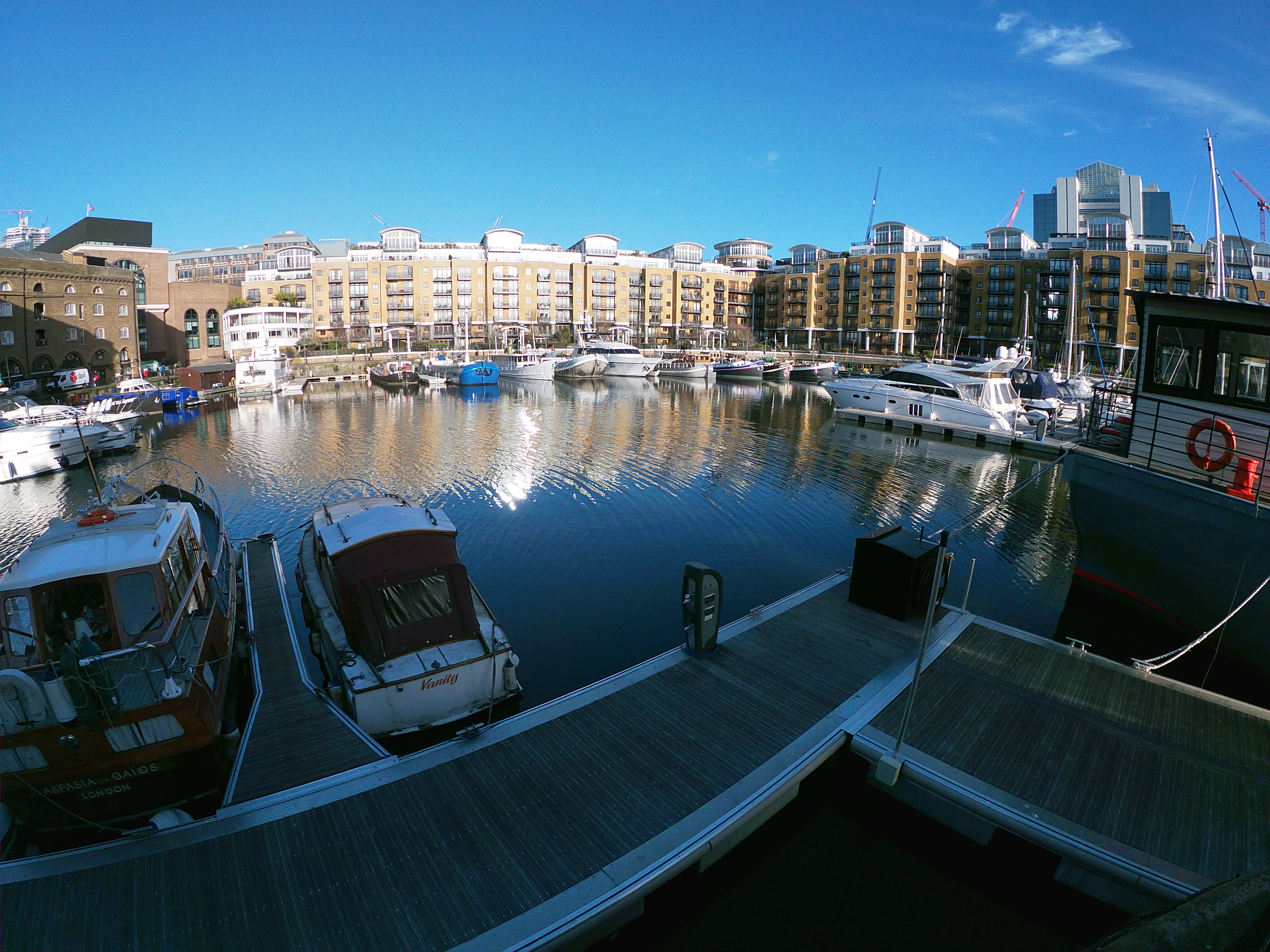
Detail in 4K footage is very good, and artefacts are kept to a minimum, while motion is captured with a pleasing fluidity when the camera is relatively static. Sound quality is also relatively clear and well balanced, without any obvious bias towards bass or treble.
The stabilisation system does a decent job to keep things steady as you move with the camera, although you do tend to see the occasional dropped frame and constantly alternating exposure. The difference between the stabilisation system here and the advanced HyperSmooth feature found inside the Black model is obvious, so if you know you'll be moving across bumpier land with any frequency you're better off saving your pennies for that model.
The time-lapse feature is good fun, and you can opt to capture this in either 4K or at a lower resolution in conjunction with the Touch Zoom feature. Slight bumps and movements from whatever the camera is mounted on are more apparent in the footage, although if you're travelling in or on something that's moving smoothly, the results are perfectly pleasing.
Not convinced? Try these
If the GoPro Hero7 Silver isn’t for you, here are three excellent alternatives to consider...
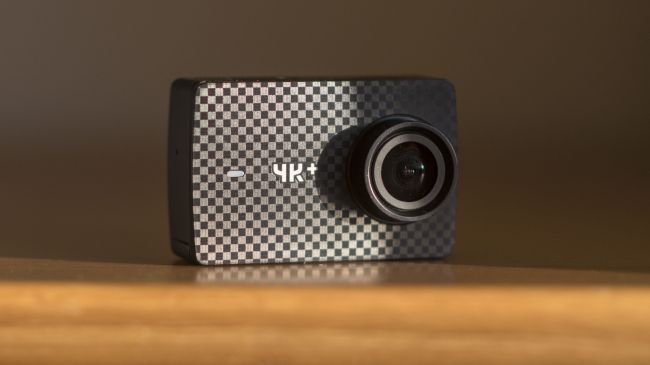
Yi 4K+ Action Camera
This strong alternative to the Hero7 Silver typically retails for the same price, but it has the advantage of 4K video to 60p rather than 30p and can shoot Raw files alongside JPEGs. On the other hand, unlike the GoPro, it’s only waterproof once you fitted it into an external housing, which is an added expense.
Read our in-depth Yi 4K+ Action Camera review
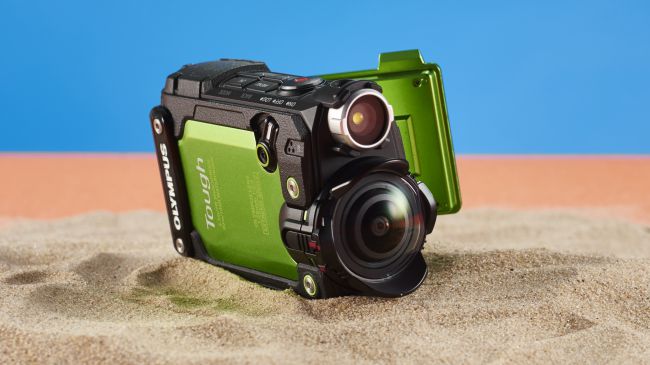
Olympus TG Tracker
Uncoventionally styled and fast approaching its second birthday, the TG Tracker is capable of 4K shooting to 30p and has a flip out LCD screen, along with 5-axis image stabilisation. It’s also well protected from the elements, being freezeproof and waterproof to an impressive 30m straight out of the box, and even crushproof.
Read our in-depth Olympus TG Tracker review
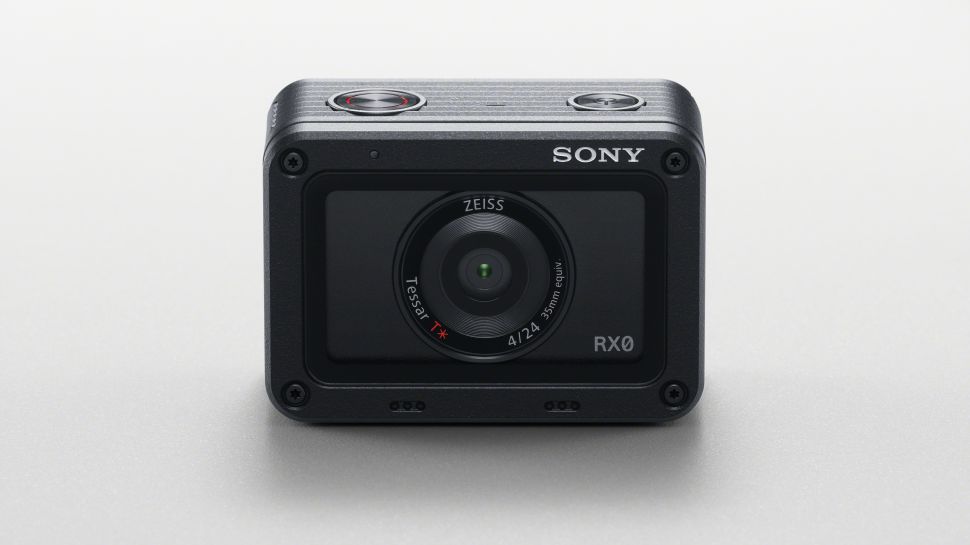
Sony RX0
Not at all cheap but if you want an alternative to the more mainstream offerings the RX0 is well worth a look. Aimed at the more discerning image and video maker, its 1in sensor is considerably larger than those inside rival models, while its ZEISS-branded lens is a cut above the norm. If you’re happy to drop from 4K down to HD shooting you can capture footage at 1000fps for super-slow-motion results.
